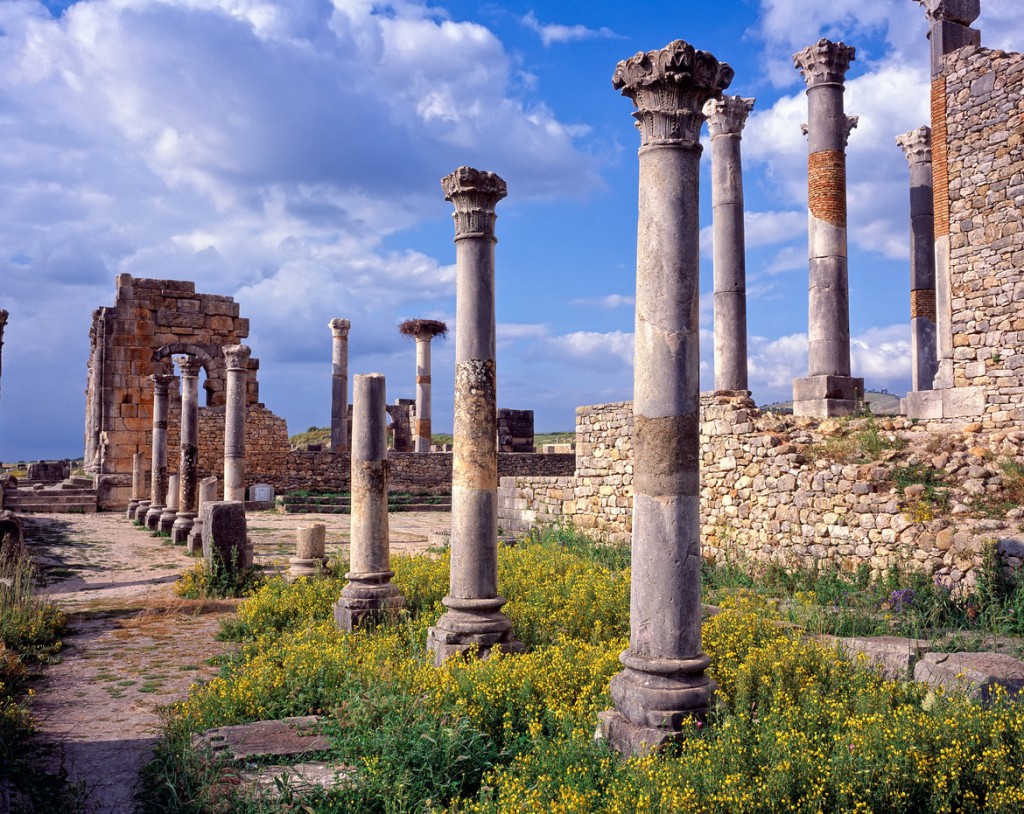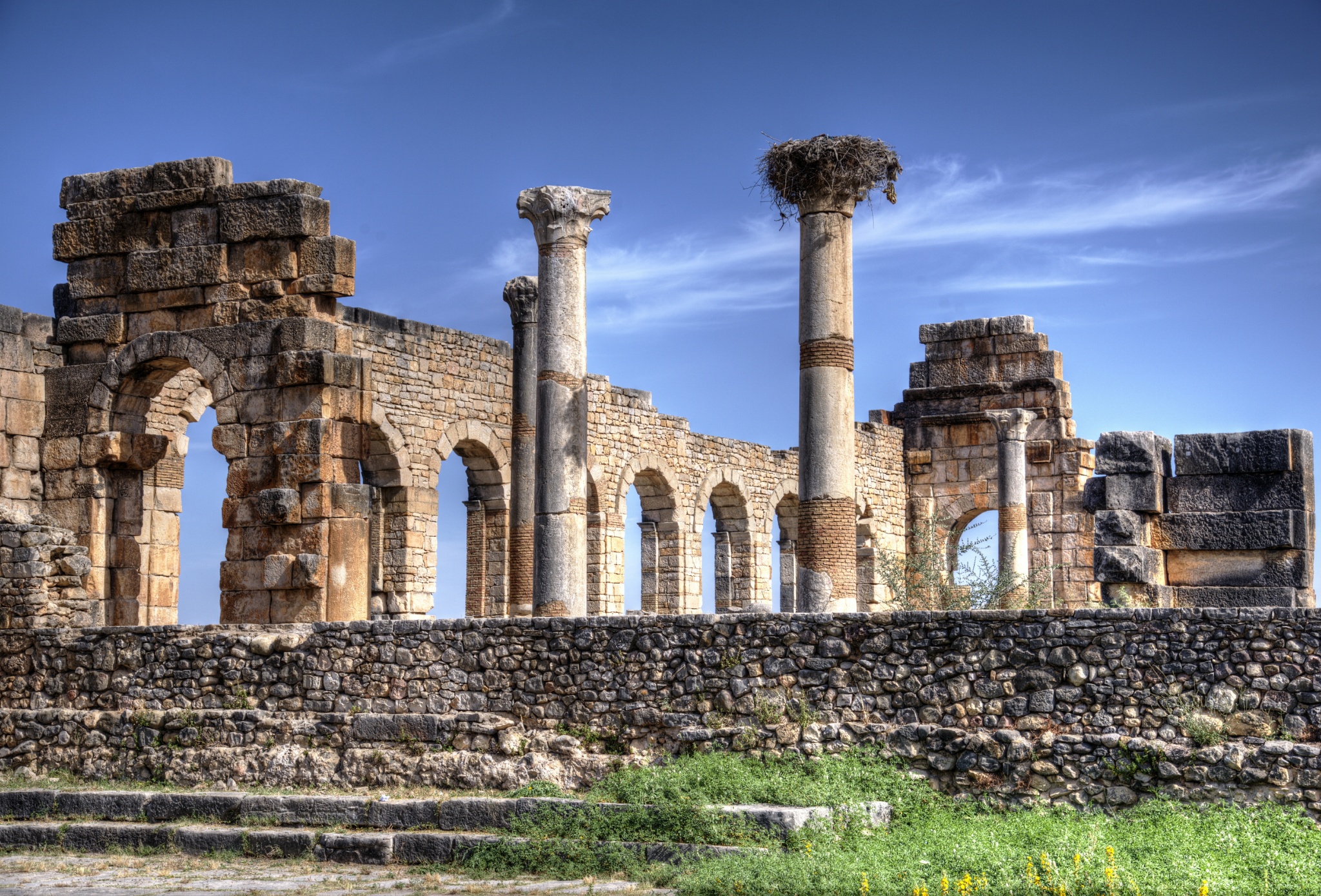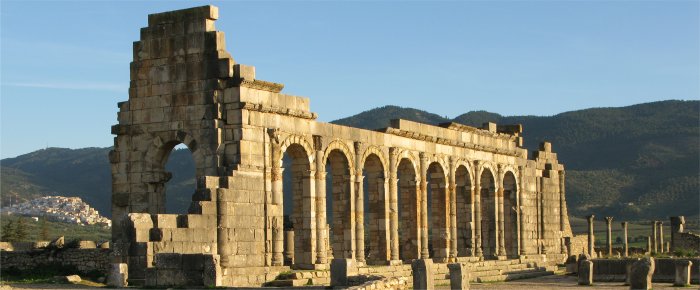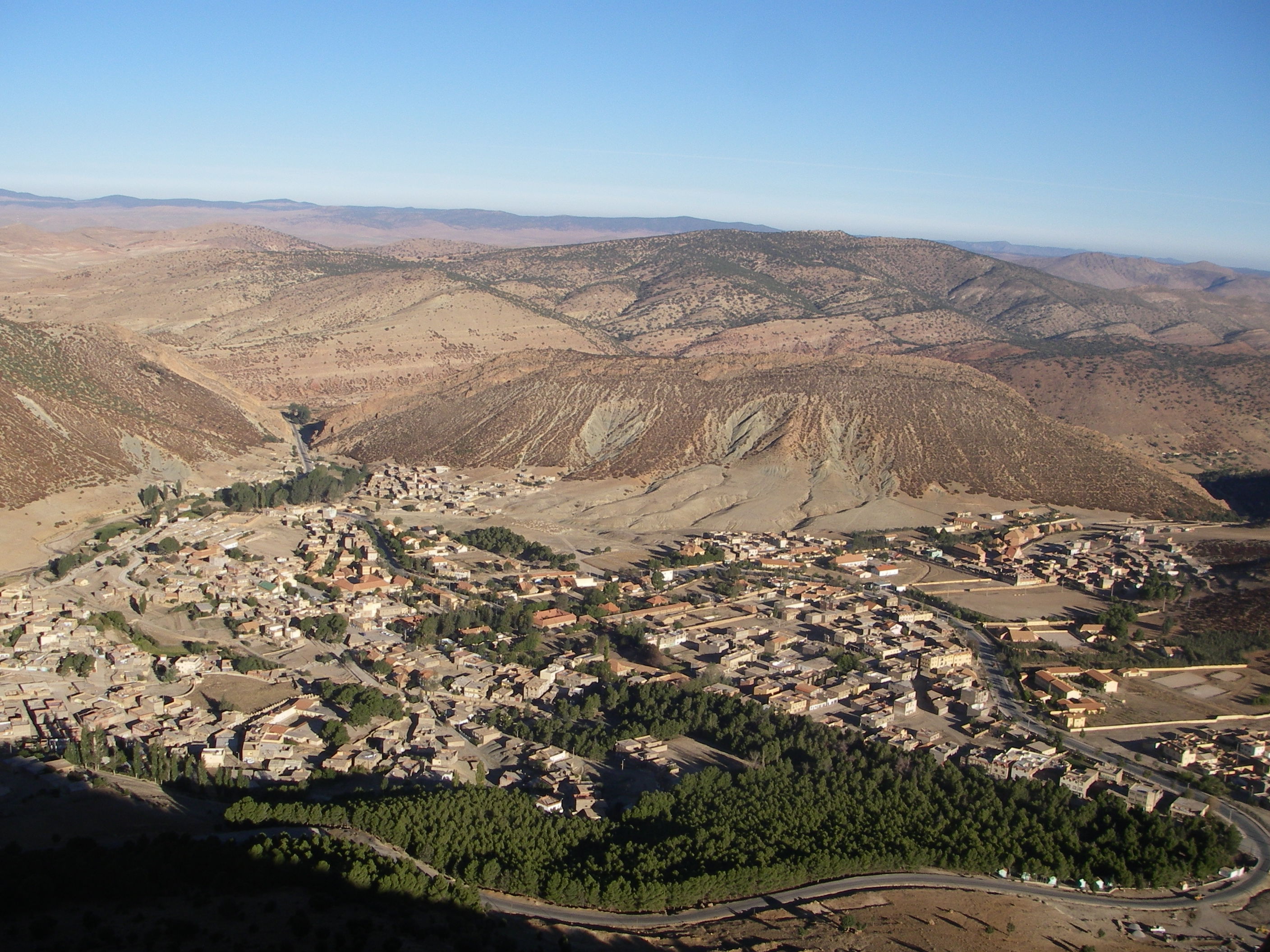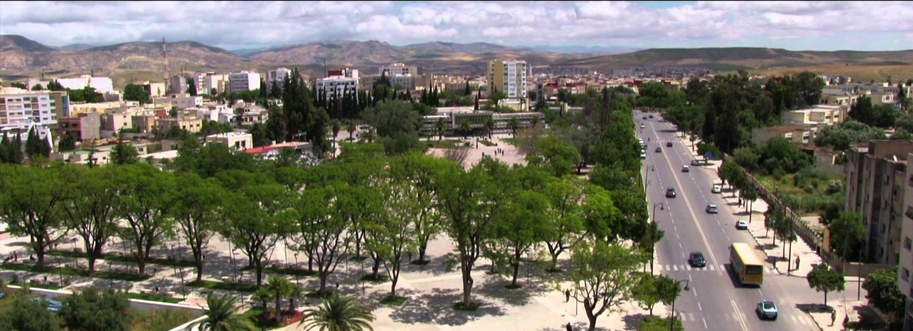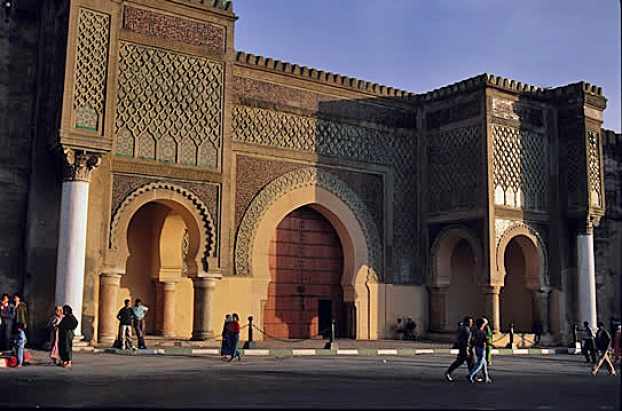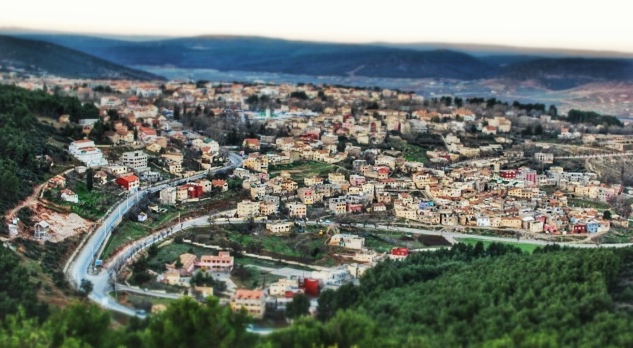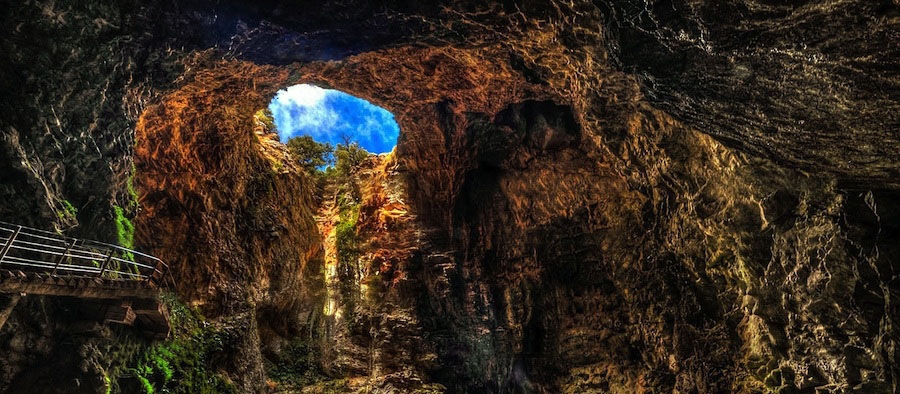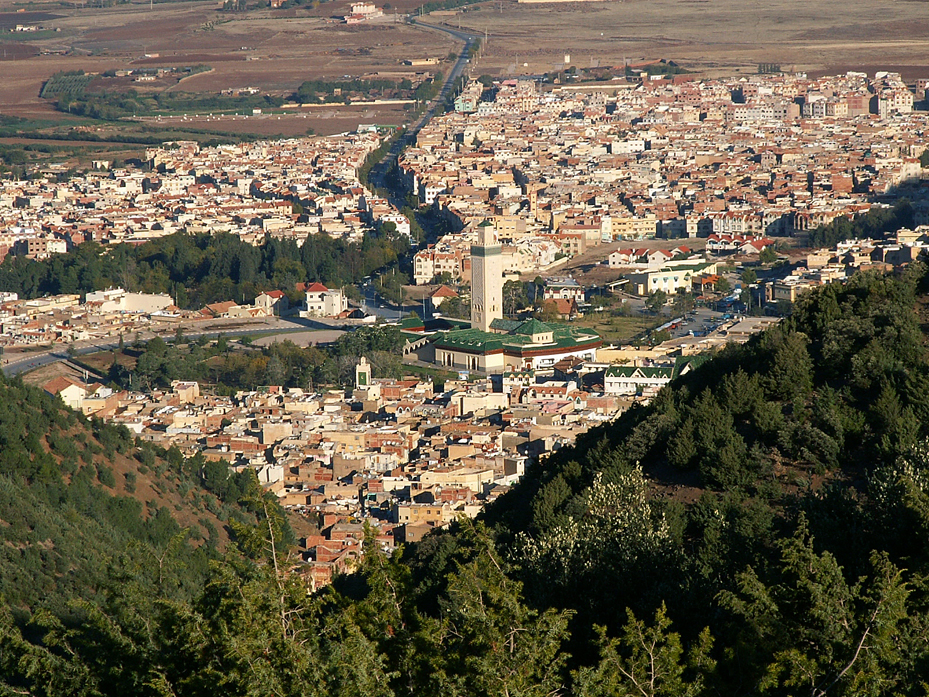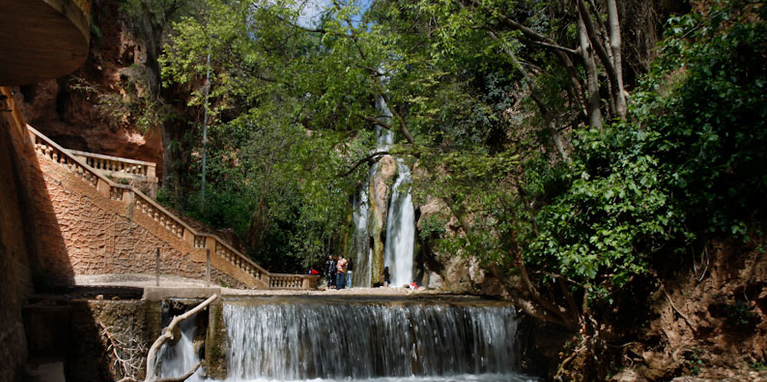Volubilis or Walili is a Romanized Berber ancient city on the banks of the Oued Khoumane river in the suburbs of Meknes (Morocco), near the holy city of Moulay Idriss where rests Idris I, founder of the city of Fez . The archaeological site of Volubilis is classified world heritage by UNESCO.
Volubilis contains mainly Roman remains of a fortified municipality built on a site at the foot of the imposing Jebel Zerhoun. Its area is 42 hectares. It is of exceptional importance in that it shows the urban development and romanization border of the Roman Empire and the graphical illustration of the interface between the Roman and indigenous cultures. Because of its isolation and it has not been occupied for nearly a thousand years, it has a high degree of authenticity. This is one of the richest sites of this period in North Africa, not only for its ruins but also for its wealth of epigraphic data.
In 1946 the excavations have found bronze busts, one of which figures Cato of Utica. The ancient activity of the city is visible by the large number of oil mills and bakeries identified on the site.
Some houses allow a proper understanding of the plan of these large houses with their Roman atrium and impluvium. We found several bathing establishments: four with a Roman hypocaust, and steam room dating from the Arab period.
The archaeological site is full of relics such as the many mosaics adorning the floors of old luxury homes.
A Volubilis, remain significant remains which attract many visitors.





